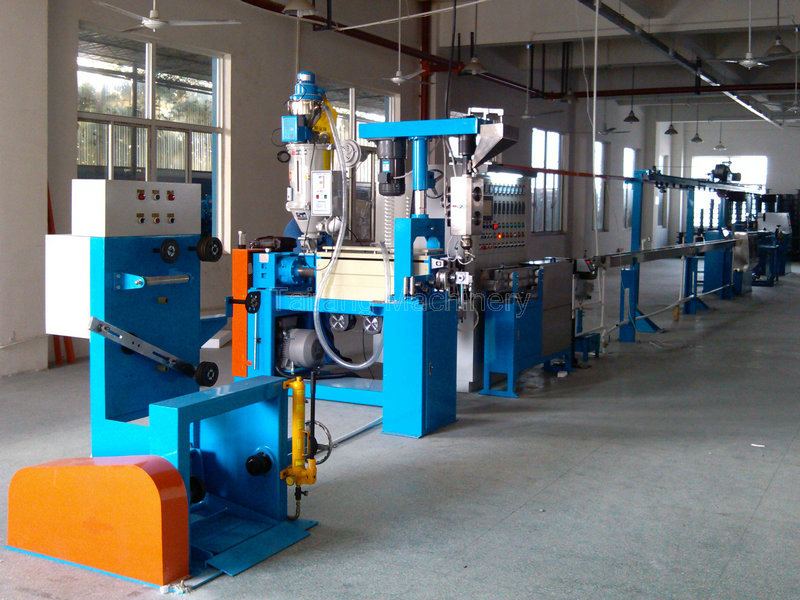
Title: Mastering the Art of Using Computerized Machines in Text Processing and Document Management
Introduction
Text processing and document management have revolutionized the way we work, communicate, and store information. With the increasing demand for efficiency, accuracy, and productivity, computerized machines have emerged as the preferred tools for these tasks. In this article, we will explore how to use computerized machines effectively in text processing and document management.
The Importance of Text Processing
Text processing is the process of converting unstructured text into structured data that can be easily understood, analyzed, and manipulated by computers. The importance of text processing lies in its ability to extract valuable insights from unstructured data sources such as social media, customer feedback, and news articles. By transforming these data into actionable insights, businesses can gain a competitive edge in their markets and drive strategic decisions.
Key Points in Text Processing:
- Data Cleaning: This involves identifying and removing irrelevant or redundant data from raw text files. It ensures that the final output is accurate and free from errors.
- Sentiment Analysis: This technique analyzes the emotional tone and intent of text messages, emails, and social media posts. It helps businesses understand customer sentiments and respond accordingly.
- Named Entity Recognition (NER): This involves identifying the names of people, organizations, locations, and other entities mentioned in text. It provides contextual information about the content and facilitates topic modeling.
- Topic Modeling: This method extracts patterns and themes from large amounts of text data. It helps uncover trends and topics of interest within a given domain or population.
- Machine Translation: This technology enables the translation of text from one language to another seamlessly. It is critical for cross-border communication and global business expansion.
- Language Modeling: This involves learning the grammar, syntax, and vocabulary of a particular language. It helps computers understand natural language more accurately and generate more contextually appropriate responses.
Using Computerized Machines in Text Processing
Now that we have discussed the importance of text processing, let’s turn our attention to how to use computerized machines effectively in this domain.
- Use Text Analytics Tools: These are advanced software applications designed to perform various tasks related to text processing. Some popular examples include Google Analytics, SEMrush, and WordStream. They offer powerful functionalities such as keyword research, compe analysis, and website analytics that help businesses optimize their online presence and increase traffic.
- Employ Natural Language Processing (NLP) Software: NLP software uses machine learning algorithms to understand, interpret, and generate human language. Some popular examples include OpenNLP, Stanford NLP, and Rapid Miner. They enable humans to interact with computers using natural language queries and provide real-time responses to users’ needs.
- Implement AI-Powered Chatbots: Chatbots are automated virtual assistants that can interact with users through text messaging, voice recognition, or chat interfaces. They can handle customer service inquiries, answer product questions, and provide support during peak hours. AI-powered chatbots are becoming increasingly popular due to their speed, efficiency, and scalability.
- Use Text Mining Tools: Text mining involves analyzing large volumes of text data to identify patterns, relationships, and trends. Some popular examples include Apache NiFi, Apache Hadoop, and IBM Watson. They enable organizations to discover hidden insights from their data sources, which can lead to better decision-making and strategic planning.
- Integrate Text Processing with Other Technologies: To achieve maximum efficiency, it is essential to integrate text processing with other technologies such as databases, APIs, and cloud platforms. For instance, integrating text analytics with a relational database can help in managing data storage and querying efficiently. Additionally, APIs can be used to connect text processing tools with external systems like email servers or web application frameworks.
Conclusion
Text processing and document management play a crucial role in modern business operations. By leveraging computerized machines, businesses can extract valuable insights from raw text data, improve communication efficiency, and enhance organizational productivity. The key to successful implementation lies in selecting the right tools, understanding their capabilities, and integrating them with existing technologies to achieve optimal results. As technology continues to evolve, the potential for text processing and document management will only increase, making it an integral part of any organization’s digital transformation journey.
